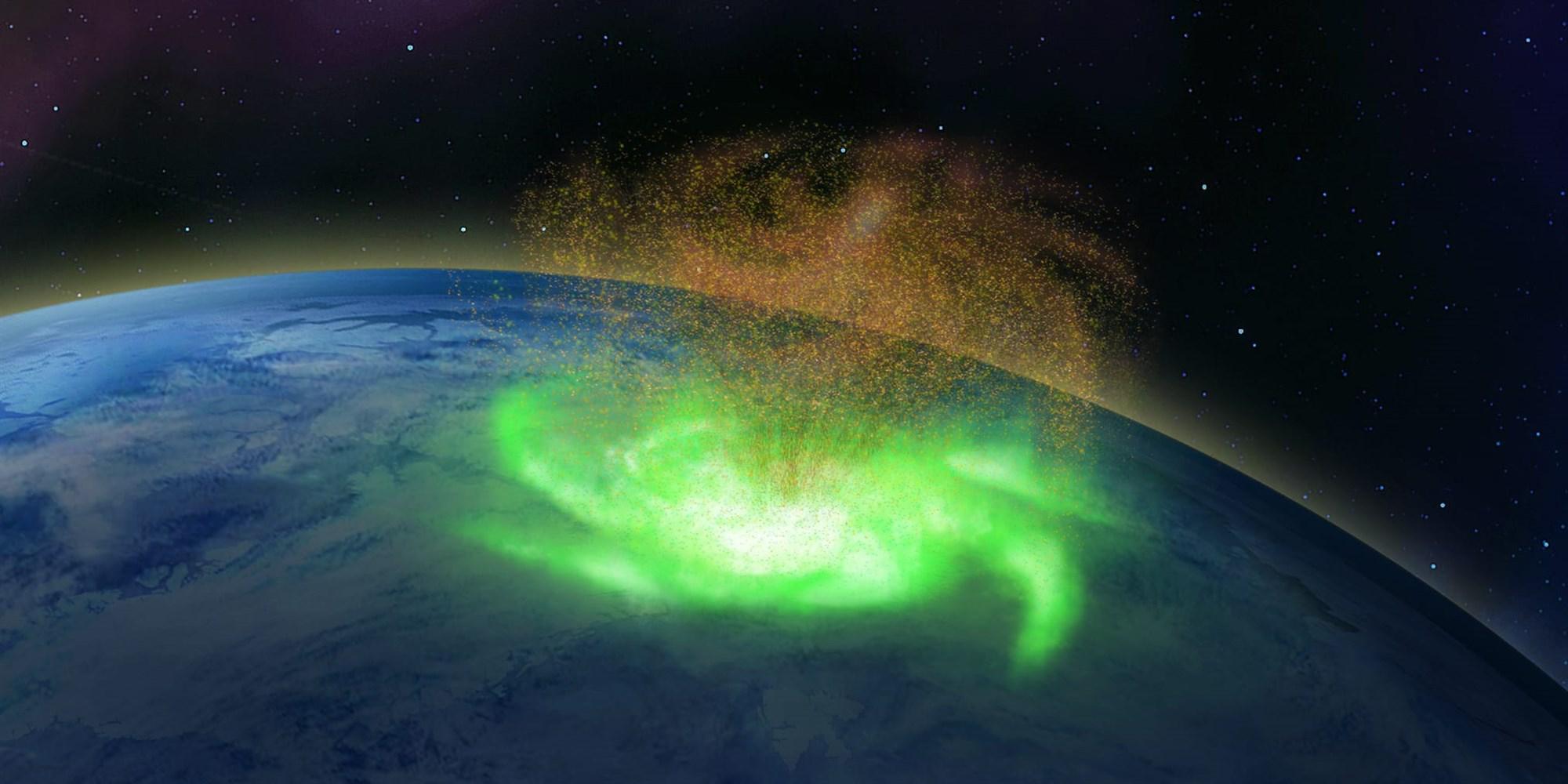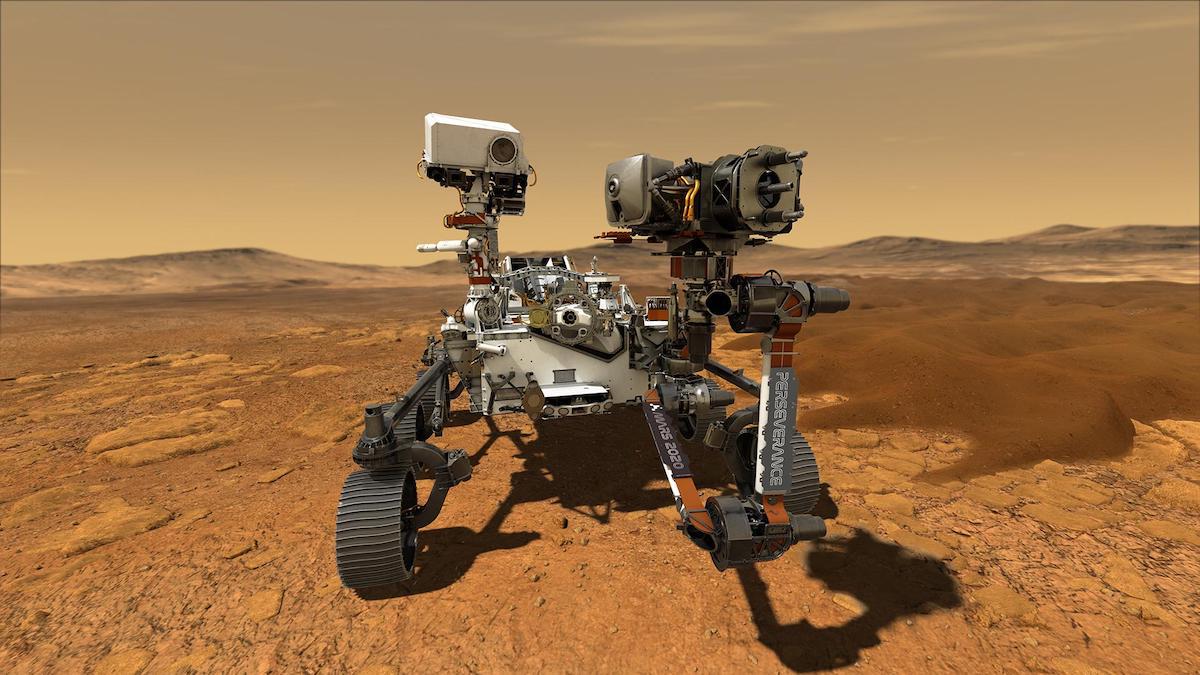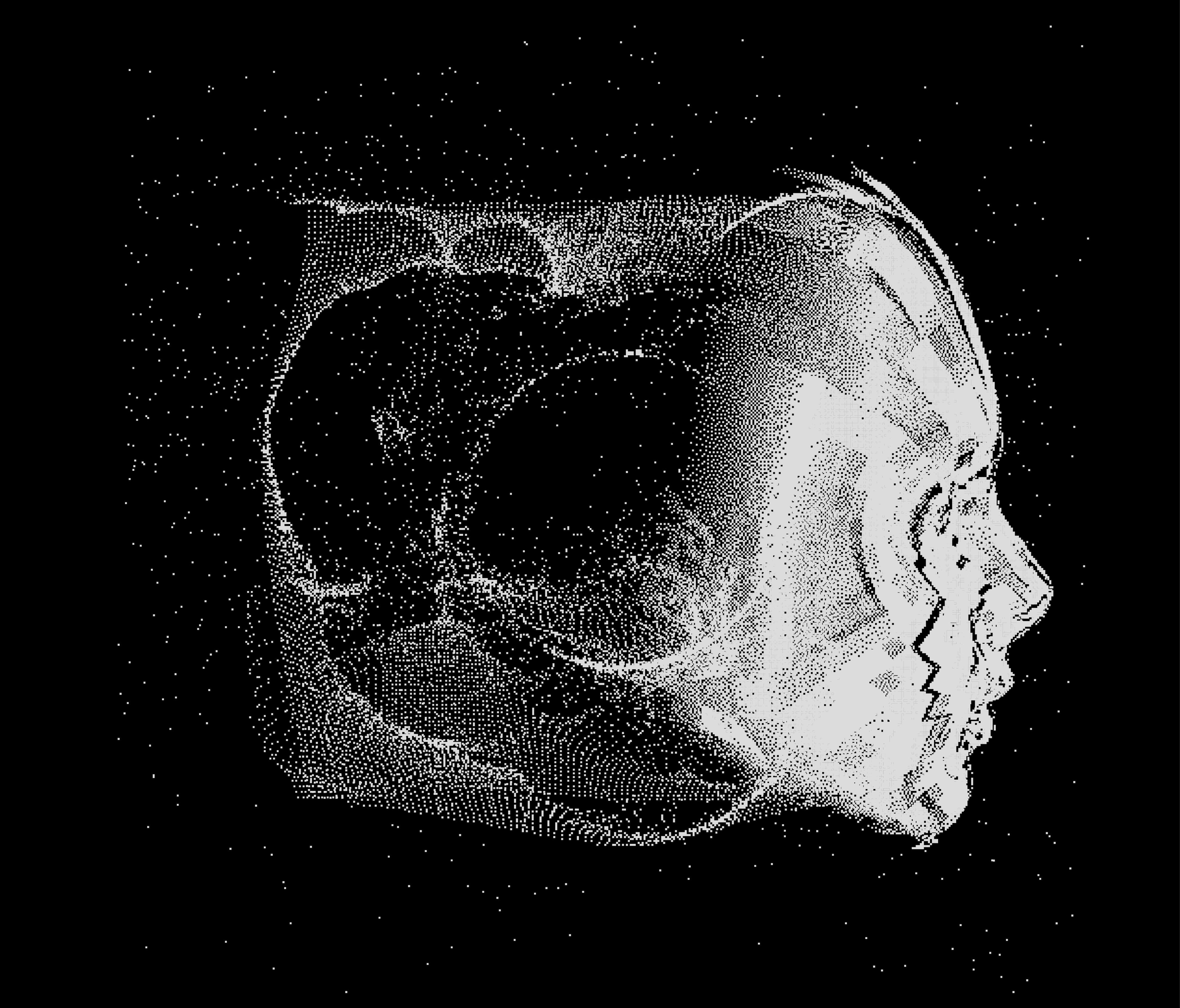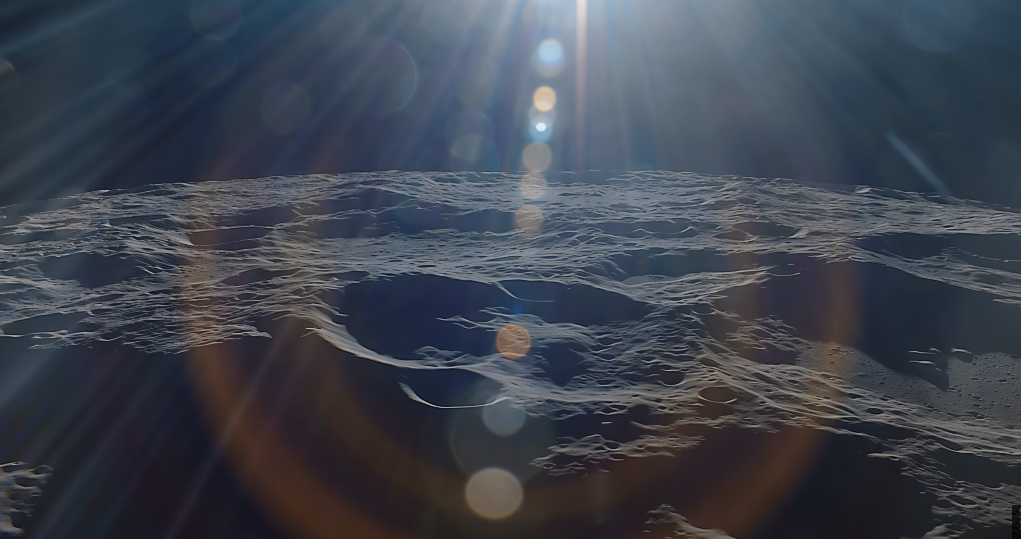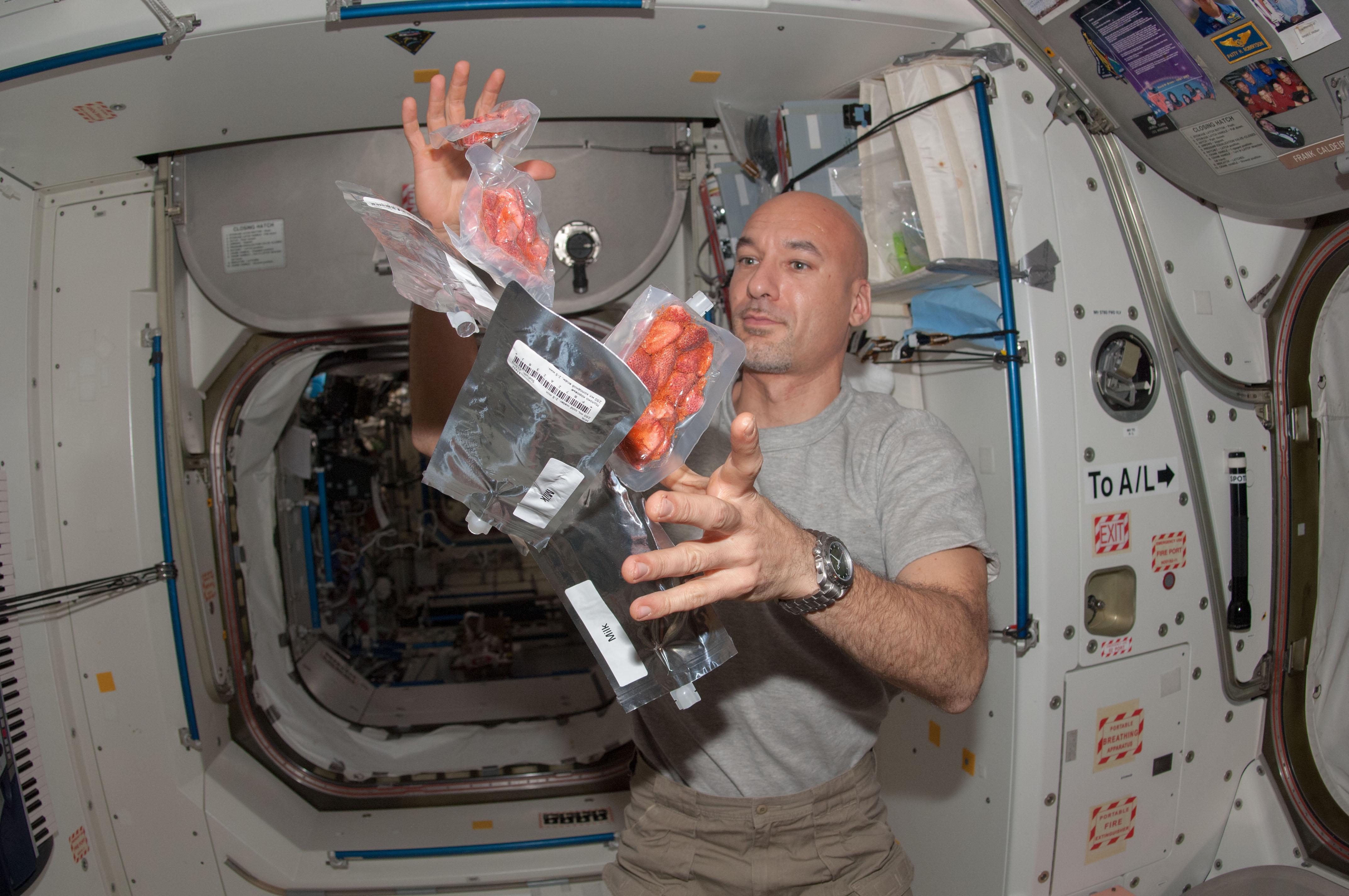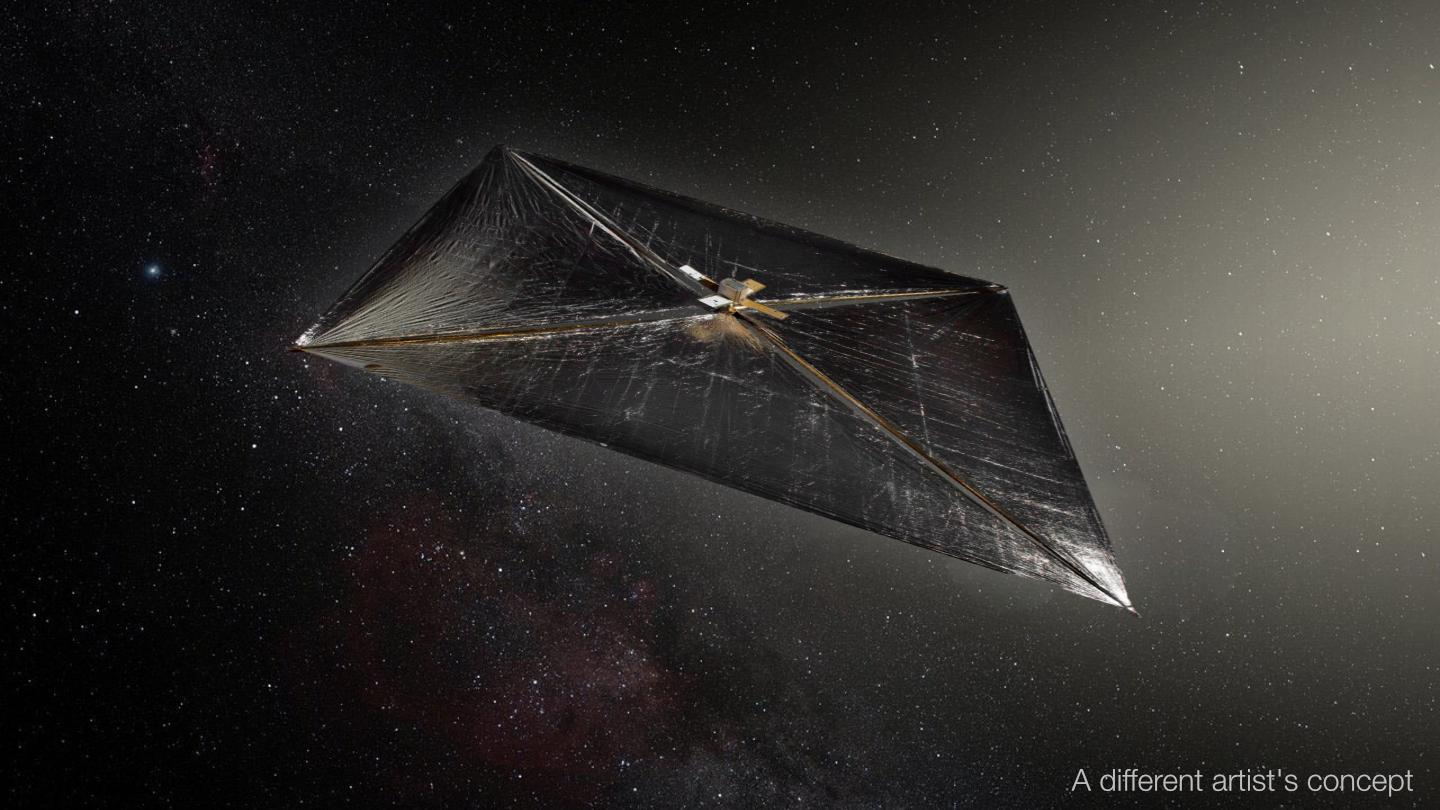Space & Astrophysics
Not only does this give us a look at the scaffolding of the universe, we found some new galaxies too!
Humans are more likely to have “first contact” with an advanced alien civilization, according to a recent NASA-funded paper.
Sound waves behave quite differently on Mars than on Earth.
The discovery could help astronauts find better ways to grow food in space.
NASA astronomer Michelle Thaller is coming back to Big Think’s studio soon to answer YOUR questions! Here’s all you need to know to submit your science-related inquiries.
Creating an afterlife—or a simulation of one—would take vast amounts of energy. Some scientists think the best way to capture that energy is by building megastructures around stars.
The controversy over the universe’s expansion rate continues with a new, faster estimate.
The rock, found in the Sahara, likely comes from a long-lost baby protoplanet.
This storm rained electrons, shifted energy from the sun’s rays to the magnetosphere, and went unnoticed for a long time.
It may be old tech, but it’s super-reliable.
A physicist creates an AI algorithm that predicts natural events and may prove the simulation hypothesis.
The results could help NASA’s Perseverance rover find evidence of ancient life on Mars.
A unique star system where exoplanets orbit their star backwards located by researchers.
One galaxy may have eaten one of its slightly smaller, more primitive neighbors.
The UAE is the first Arab nation to send a spacecraft to the Red Planet.
A new study found the possible reason why some dwarf galaxies appear to not have dark matter.
Scientists with the the Dark Energy Spectroscopic Instrument (DESI) Legacy Imaging Surveys spent six years creating a detailed map of more than 1 billion galaxies.
Get the answer from two physicists who study black holes (albeit from a safe distance).
Artist Seán Doran recently created more than eight hours of high-definition video using images captured by Japan’s SELENE lunar orbiter.
Introducing the Deep Space Food Challenge.
Radar astronomy is nothing new, but a new transmitter may give us unprecedented image resolution.
Researchers discover strange behavior in magnetars, ultra-powerful magnetic stars.
Ari Loeb, who suggested in 2018 that the mysterious object was an alien craft, is back to discuss the evidence.
The space agency describes the process of landing rovers on Mars as “seven minutes of terror.”
A new study analyzed Martian glaciers to discover that the planet had numerous ice ages.
Researchers discover black holes that violate the uniqueness theorem and have “gravitational hair.”
Identifying primordial ripples would be key to understanding the conditions of the early universe.
Dr. Katie Mack explains what dark energy is and two ways it could one day destroy the universe.
▸
9 min
—
with
A unique exoplanet without clouds or haze was found by astrophysicists from Harvard and Smithsonian.
NASA is scrapping its Apollo-era launcher platform to make room for new infrastructure that will support upcoming Artemis missions.








